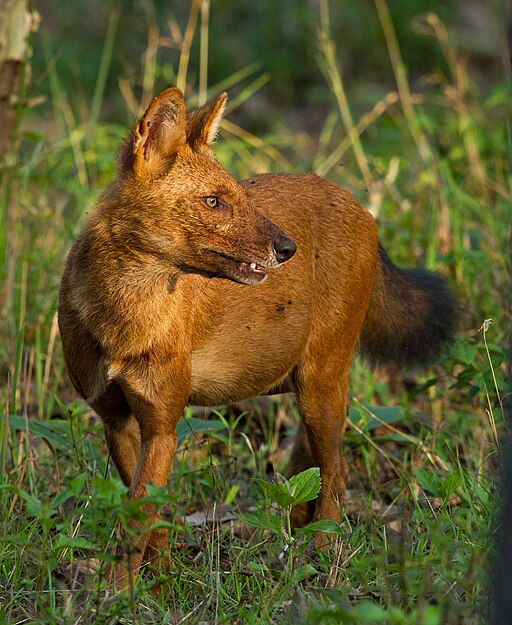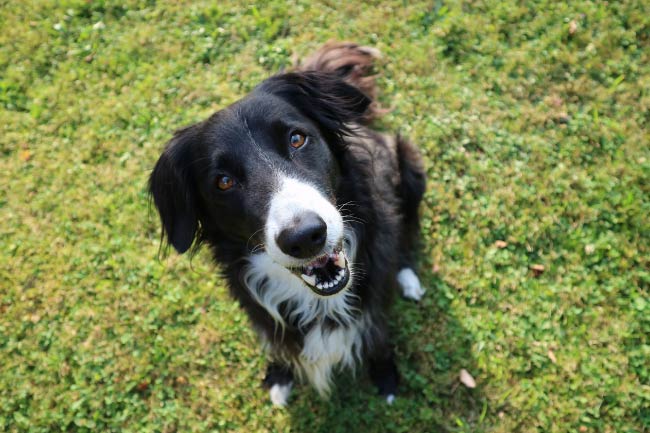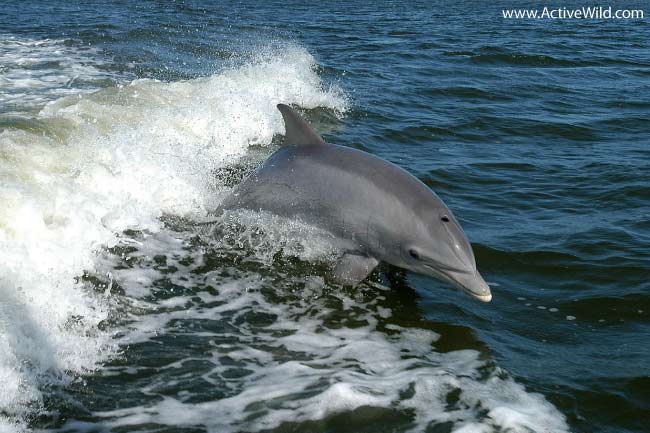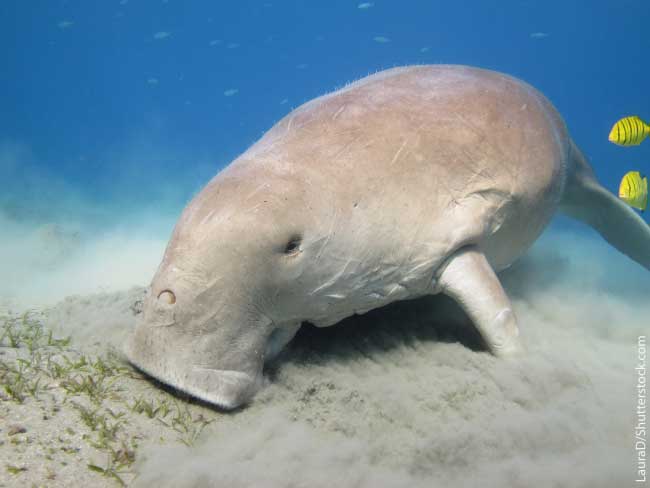Animals that start with d: list with pictures and facts. Find the animal beginning with d that you’re interested in and follow the links for further information.
***
Animals That Start With D
On this page you’ll find a list of amazing animals beginning with d, together with pictures and interesting facts about each animal.
You can find out more about many of the animals (and see pictures and videos) by following the links.
Discover animals beginning with ...
- Main list page: Animals A to Z
- Become an animal expert: Animals: The Ultimate Guide To The Animal Kingdom
List of Animals Beginning With D
- In this list we’ve included both individual species whose names begin with d, e.g. dugong and well-known groups of animals that begin with d, e.g. dolphins.
- The scientific name and conservation status of individual species are provided.
If you need to find out about terms such as ‘species’, ‘family’ and ‘order’, etc., then check out our guide to animal classification.
Dark-eyed Junco
- Scientific name: Junco hyemalis
- Conservation status: Least Concern
The dark-eyed junco is a small, seed-eating bird that is found in North America. It is a rather plain species, with a grey head and (usually) brown back and wings – but its plumage can vary. Its natural habitat is forest, but it is also commonly seen in towns. In the summer months it can be found as far north as the Arctic.
Deer
Deer are hoofed mammals in the family Cervidae. Male deer grow antlers for the breeding season. Antlers are used to fight other males, and are also a visual symbol of the deer’s health and fitness. After the breeding season the antlers are shed. The largest species of deer is the moose.
Degu (Common)
- Scientific name: Octodon degus
- Conservation status: Least Concern
The common degu is a small rodent related to the chinchilla and guinea pig. It is only found in the wild in central Chile.
Dhole
- Scientific name: Cuon alpinus
- Conservation status: Endangered
The dhole is a member of the dog family, Canidae. It lives in packs that can number over 40 individuals.
The dhole is found in many parts of Asia, but populations are sparse and fragmented. It is thought that there are only between 4,500 and 10,500 dholes left in the wild. The dhole lives in a variety of habitats, including rainforests, grasslands and mountainous regions.
Dik-Dik
Dik-diks are small antelopes in the genus Madoqua. The name dik-dik comes from the alarm call of the female. The four species are: Guenther's dik-dik (Madoqua guentheri), Kirk's dik-dik (Madoqua kirkii), Silver dik-dik (Madoqua piacentinii) and Salt's dik-dik (Madoqua saltiana).
All but the silver dik-dik have the conservation status ‘Least Concern’. (Not enough data has been gathered on the silver dik-dik to give it a rating.)
Dingo
- Scientific name: Canis lupus dingo / Canis dingo
- Conservation status: Vulnerable
The dingo, like the domestic dog, is a subspecies of gray wolf (although some people consider it to be a species in its own right). Dingoes live in Australia, where they are the largest land predators.
You can find out more about dingoes here: Dingo Facts
Dipper
Dippers are small, round-bodied birds found in the Americas, Asia and Europe. They live near water, and have developed the ability to ‘fly’ underwater. Dippers are the only passerines (an order of birds also known as ‘perching birds’) to be able to do this.
The rufous-throated dipper, which is found in South America, has a conservation status of ‘Vulnerable’. The four other dipper species are all rated ‘Least Concern’.
Dog (Domestic)
- Scientific name: Canis lupus familiaris / Canis familiaris
- Conservation status: Domesticated
Believe it or not, your pet dog is actually a subspecies of gray wolf! Dogs have been domesticated for thousands of years. Dogs have been used by man in various roles, including: hunting, protection, transport (pulling sleds) and herding animals.
Dogs have been selectively bred to fulfil certain roles, which is why some breeds look very different to others. Today, most domestic dogs simply provide companionship for individuals and families.
You can find out more about dogs here: Dog Facts
Dolphin
Dolphins are aquatic mammals. Unlike fish, they don’t have gills, and therefore need to come up to the surface of the water to breathe. Most dolphins are found in the sea, but some are able to live in freshwater. Dolphins are known for their high intelligence.
Some well-known ‘whales’, such as the killer whale (orca) and pilot whale, are actually dolphins.
You can find out more about dolphins here: Dolphin Facts
Donkey
- Scientific name: Equus africanus asinus
- Conservation status: Domesticated
The donkey is a member of the horse family, Equidae. It has been domesticated for at least 5,000 years. Today there are over 40 million donkeys in the world. The donkey’s ancestor is the critically endangered African wild ass.
Dormouse
Dormice are small rodents in the family Gliridae. 29 species are currently recognized, most of which are found in Europe, with some being found in Africa and Asia. Dormice hibernate during the winter.
Dotterel (Eurasian)
- Scientific name: Charadrius morinellus
- Conservation status: Least Concern
The dotterel is a small wader found in Europe. It breeds in mountainous areas and tundra. Unlike most birds, it is the female dotterel that is the most brightly-colored during the breeding season.
The dotterel can be identified by its conspicuous white eye stripe. In the breeding season both males and females have chestnut-brown breasts.
Dove
Doves, along with pigeons, make up the family Columbidae. There is no real scientific distinction between doves and pigeons. Smaller species within Columbidae tend to be known as doves. The rock dove is the ancestor of all the world’s feral pigeons.
Dragonfly
Dragonflies are large predatory insects. They can spend several years in the water as nymphs and may only spend a few weeks in their flying adult form. Adult dragonflies are often colorful, and are fast and agile flyers.
Drill
- Scientific name: Mandrillus leucophaeus
- Conservation status: Endangered
The drill is a monkey closely related to the mandrill. Both species were once considered to be baboons, but are now in their own genus, Mandrillus. Drills are found in rainforests in Nigeria, Cameroon and Equatorial Guinea.
Duck
Ducks are mid-sized aquatic birds that are found in both fresh and salt water habitats. Most ducks have round bodies and longish, curved necks. The plumage of the male is often far more colorful than that of the female.
Different species of duck have different adaptations depending on their diet and lifestyles. Dabbling ducks feed on the surface, whereas diving ducks dive under the water to find food. Some diving ducks hunt fish.
Dugong
- Scientific name: Dugong dugon
- Conservation status: Vulnerable
The dugong is a marine mammal found in the Indo-Pacific region (an area that includes the Indian Ocean and the western and central Pacific Ocean). Unlike the manatees, its closest living relatives, the dugong is not found in freshwater habitats. Dugongs are herbivores, and feed mainly on sea-grass.
You can find out more about dugongs here: Dugong Facts
Duiker
Dunlin
- Scientific name: Calidris alpina
- Conservation status: Least Concern
The dunlin is a small wading bird that migrates from its Arctic and sub-Arctic breeding grounds to warmer coastal regions of Europe, America and Asia in the winter. It has the typical rounded body, long legs and long bill of a wader, and is often seen in large flocks.
Animals That Start With D: Conclusion
We hope that this page has helped you find out about some amazing animals beginning with d. Continue your exploration of the animal kingdom by checking out the following pages:

















































can you list more land animals please, just a suggestion